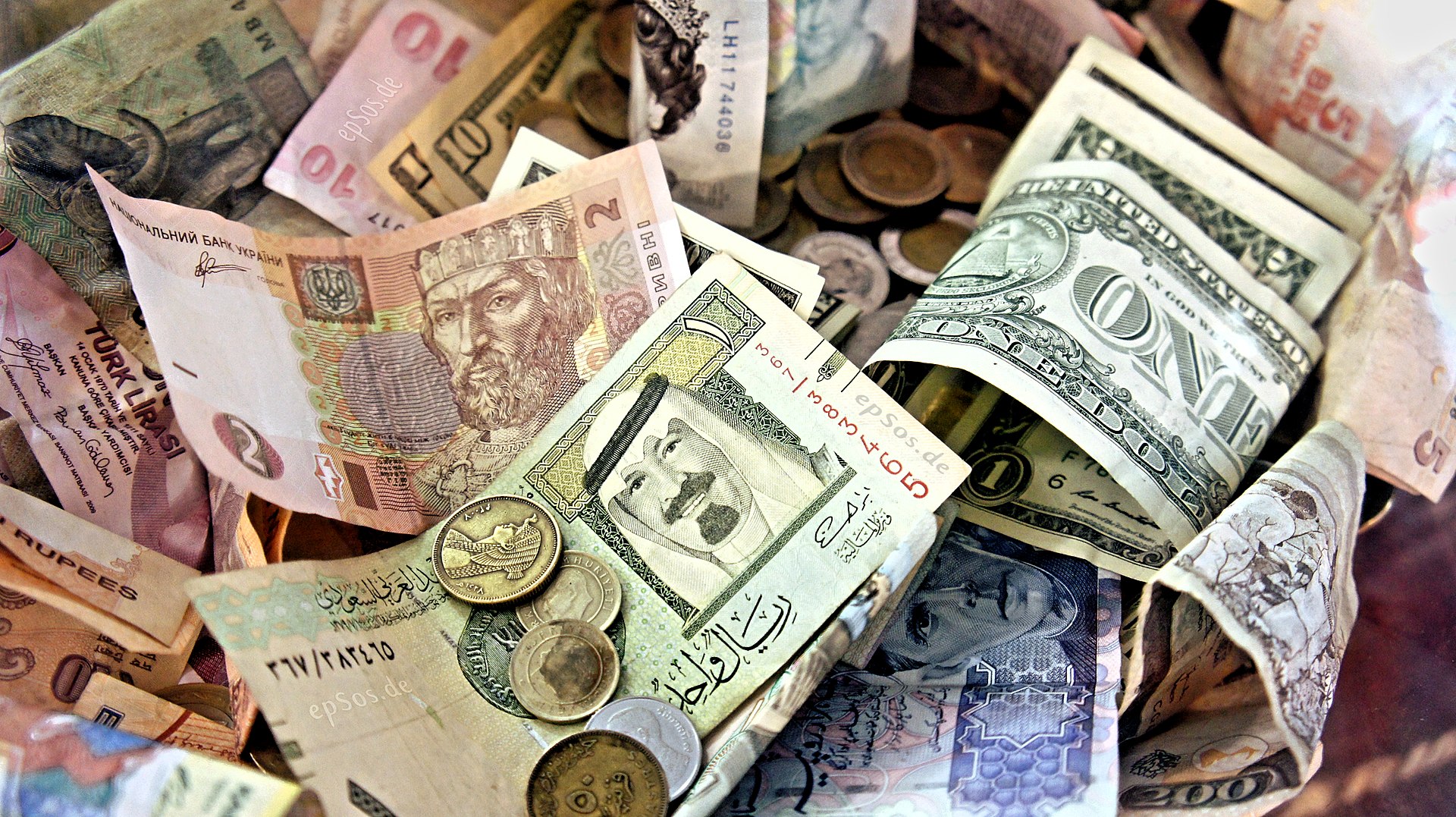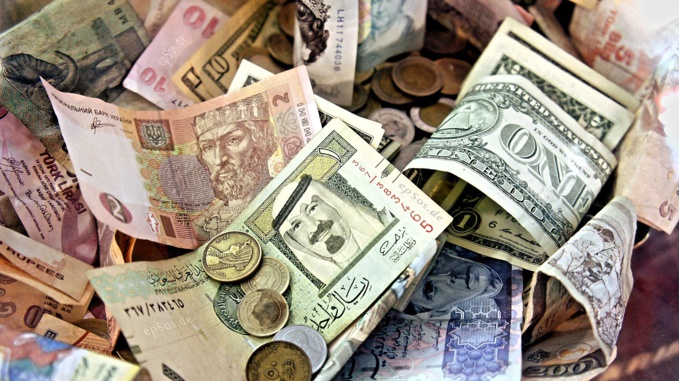Many of these countries depend on the export of raw materials, which makes them vulnerable to changes in the situation in commodity markets. Another reason for the end of this year's rally in emerging markets was the growth of interest rates in the US, which reduced the demand for risky assets. "The time [of emerging markets] under the sun is coming to an end," says Alan Robinson of RBC Wealth Management. "Obviously, the uncertainty with trade does not improve the situation."
Net capital outflow from funds investing in stock markets in February was $ 4.5 billion, according to the Institute of International Finance (IIF). There was a net inflow in them in the previous 14 months. From the beginning of 2018, the stock index MSCI Emerging Markets fell by 2.12%, and the currency index MSCI Emerging Market Currencies - by 1.39%. In the previous two years, they increased by 45.86% and 16.04% respectively.
Part of the sale of assets in emerging markets can be explained by the fact that US Federal Reserve Chairman Jerome Powell reported to the congress in late February about the good prospects for the US economy. After his comments, some investors were confident that the Fed would begin to actively increase interest rates this year. In this case, the yield of US Treasury bonds may grow, which will make developing markets less attractive. So, in South Korea, where interest rates are low compared to other developing countries, the exchange rate of the national currency to the dollar dropped by 1.2% this year after rising by more than 13% in 2017.
Société Générale strategist notes that some of the most vulnerable ones may be currencies of those developing countries, whose rate earlier this year has grown significantly. Many of these states are highly dependent on exports and the growth of the world economy. For example, the rate of the Mexican peso to the dollar increased by 6.1% from the beginning of the year to February 23, but then fell by 1.4% last week. South African rand for similar periods of time grew by about 7%, and then lost 3.1%; The Russian ruble appreciated by 2.7%, and afterwards weakened by 1.1%.
Another source of concern is China, the main consumer of many types of raw materials. Beijing is trying to prevent the emergence of bubbles, for example in the Chinese real estate market, and this may lead to a slowdown in its economy. In February, the index of industrial activity in China fell to the lowest level in the past 19 months.
Many investors are still optimistic in the long term. Many developing countries increased their foreign exchange reserves, managed to slow inflation and refused to bind national currencies, which makes their economy more stable during periods of volatility in world markets. In addition, emerging markets have become more liquid. In 2000, they accounted for 2% of the world fixed-income securities market, and in 2017 - 25%, according to Insight Investment. "The macroeconomic picture has completely changed," says Gaurav Mallik, Chief Portfolio Strategist at State Street Global Advisors.
Nevertheless, other investors are on the alert. Times, "when it was possible to acquire any assets and worry about nothing, have passed," warns Federico Kaune of UBS Asset Management.
source: reuters.com
Net capital outflow from funds investing in stock markets in February was $ 4.5 billion, according to the Institute of International Finance (IIF). There was a net inflow in them in the previous 14 months. From the beginning of 2018, the stock index MSCI Emerging Markets fell by 2.12%, and the currency index MSCI Emerging Market Currencies - by 1.39%. In the previous two years, they increased by 45.86% and 16.04% respectively.
Part of the sale of assets in emerging markets can be explained by the fact that US Federal Reserve Chairman Jerome Powell reported to the congress in late February about the good prospects for the US economy. After his comments, some investors were confident that the Fed would begin to actively increase interest rates this year. In this case, the yield of US Treasury bonds may grow, which will make developing markets less attractive. So, in South Korea, where interest rates are low compared to other developing countries, the exchange rate of the national currency to the dollar dropped by 1.2% this year after rising by more than 13% in 2017.
Société Générale strategist notes that some of the most vulnerable ones may be currencies of those developing countries, whose rate earlier this year has grown significantly. Many of these states are highly dependent on exports and the growth of the world economy. For example, the rate of the Mexican peso to the dollar increased by 6.1% from the beginning of the year to February 23, but then fell by 1.4% last week. South African rand for similar periods of time grew by about 7%, and then lost 3.1%; The Russian ruble appreciated by 2.7%, and afterwards weakened by 1.1%.
Another source of concern is China, the main consumer of many types of raw materials. Beijing is trying to prevent the emergence of bubbles, for example in the Chinese real estate market, and this may lead to a slowdown in its economy. In February, the index of industrial activity in China fell to the lowest level in the past 19 months.
Many investors are still optimistic in the long term. Many developing countries increased their foreign exchange reserves, managed to slow inflation and refused to bind national currencies, which makes their economy more stable during periods of volatility in world markets. In addition, emerging markets have become more liquid. In 2000, they accounted for 2% of the world fixed-income securities market, and in 2017 - 25%, according to Insight Investment. "The macroeconomic picture has completely changed," says Gaurav Mallik, Chief Portfolio Strategist at State Street Global Advisors.
Nevertheless, other investors are on the alert. Times, "when it was possible to acquire any assets and worry about nothing, have passed," warns Federico Kaune of UBS Asset Management.
source: reuters.com



















